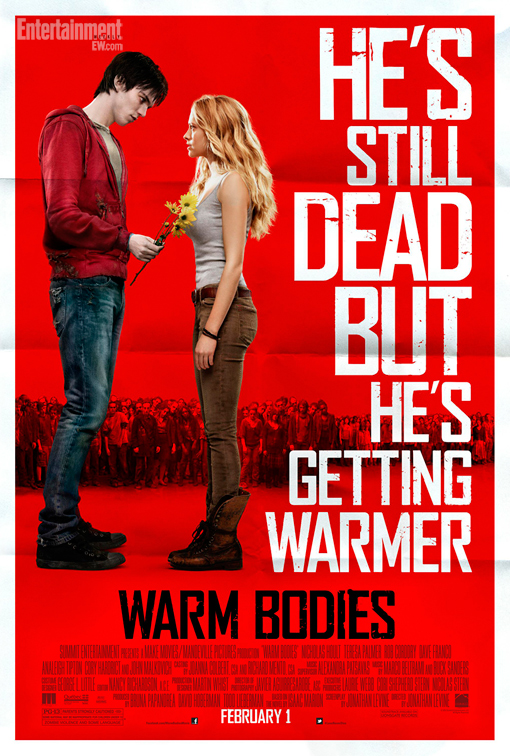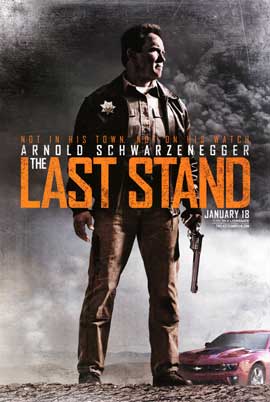A cavalcade of talented people does not necessarily make a
good movie. All of those elements need to come together in a way that gels, and
has creative inspiration behind it. The new comedy full of talented people,
“The Incredible Burt Wonderstone,” certainly has the ingredients and the
premise ripe for comedic potential. Using magicians and illusionists as the
backbone for a crazy comedy is a sound one, and I can see someone running with
that concept in a hilarious way. Unfortunately, “Burt Wonderstone” is not that
movie I would have hoped for.
As a child, bullies harassed Burt, and his single mother
often stayed at work late. But one year for his birthday, she gave him a magic
set that entranced and encouraged him to practice it. He soon befriends another
outcast at school, Anton, and the two of them work together to form a magic
act. Flash-forward decades later, and the two of them have become successful
Las Vegas magicians, only now their popularity is waning after years of tedious
tricks. Soon Burt’s ego gets the best of him, and with a new rival stealing the
spotlight he must get over himself and work together with Anton on a comeback.
There are two simple ways of describing “Burt Wonderstone:”
wasted potential and one-note. I would also add not too funny. There are
certainly a bunch of laugh-out-loud moments, although they are frequently
drowned by long stretches of flat jokes. Most of this has to do with the
characterization of Burt, who is so egotistical and shallow that he becomes an
annoying and tiresome protagonist. Even though a clueless and aloof buffoon
would seem like a perfect fit for Steve Carell, the actor never manages to go
behind the same vain shtick. When his personality turnaround comes, it is hard
to care because the material wasn’t funny enough to make the jerk persona entertaining.
It doesn’t help that with so much focus on Burt, the (many)
supporting characters often feel pushed to the sidelines. Steve Buscemi (Anton)
leaves the movie for a long period of time, and having him around longer could
have given more heart to the movie. Olivia Wilde’s love interest is there just
to be the butt of Burt’s antics, and Alan Arkin (as Burt’s magician role model)
shines in the few scenes he has. Only Jim Carrey, arguably the funniest part of
the movie, makes a real impression. As the rival Steve Gray, Carrey plays a
faux Criss Angel type who puts himself through endurance tests rather than
traditional magic acts, and I would love to have seen a movie based around him
instead.
On the surface level, “Burt Wonderstone” has the feel of a
Will Ferrell man-child movie a la “Blades of Glory” and “Anchorman.” But
“Wonderstone” lacks the comedic energy and sense of absurdity that those movies
had. It feels reigned in, and often hits the same beats seen shortly before:
Burt is shallow, Burt is sexist, and Steve might be psychotic. For a movie that
features people performing seemingly impossible acts, only on rare occasions does
it feel like it harnesses that silly liveliness. Most of those moments come
near the end, and to its credit, the final punch line to the climax was
absolutely hysterical, so the movie went out on a high note. Even before that,
when Carell and Carrey square off against each other at a birthday party, the
interplay between the “Bruce Almighty” costars is frequently funny.
The same cannot be said for the rest of the movie though.
Beyond not being very funny, the annoying nature of the main character is a
hindrance rather than being hilarious, and his one-note nature becomes tiring
before long. Even with other capable actors such as James Gandolfini, Gillian
Jacobs, and Brad Garrett, as well as “Horrible Bosses” writers John Francis
Daley and Jonathon Goldstein, “The Incredible Burt Wonderstone” remains in the
safe middle ground for comedies. It is never horrendously bad and it is never
consistently outrageously funny, merely standing as blandly forgettable.
2/4




